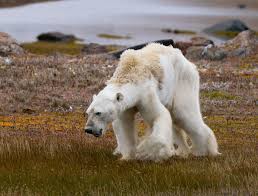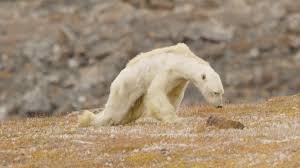This article, written by Jim Robbins, titled “A Natural Classroom, Run by Wolves” explores the outcome of reintroducing wolves into Yellowstone. This op-ed is focused around the impacts regular civilians can see with their own eyes, instead of what scientists would study.
The reader can tell this is an op-ed because there are no statistics or facts to back up what is said but focuses on the personal story around it. It is written informally and the author has a clear opinion on the reintroduction of wolves into Yellowstone. About halfway through the article, Robbins includes a quote from Dr. Smith, he states that “I can drive out to watch wolves with a cup of coffee in my hand.” This would not be a valuable direct quote if it was a research paper or an informative article. This type of statement would only be useful in an op-ed because it adds to the feel and emotion of the story instead of the data and facts.



